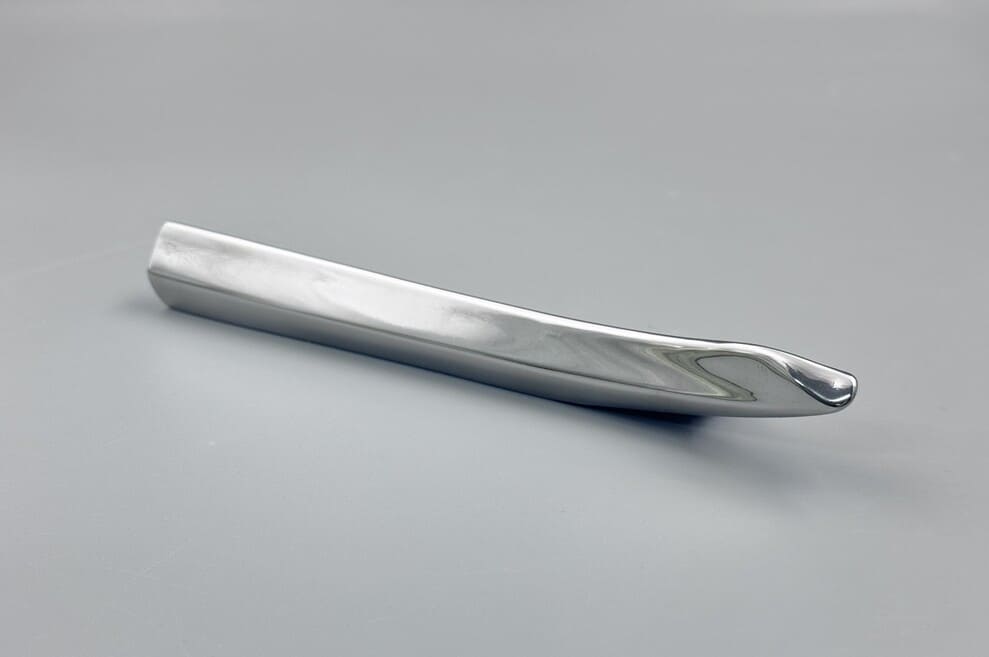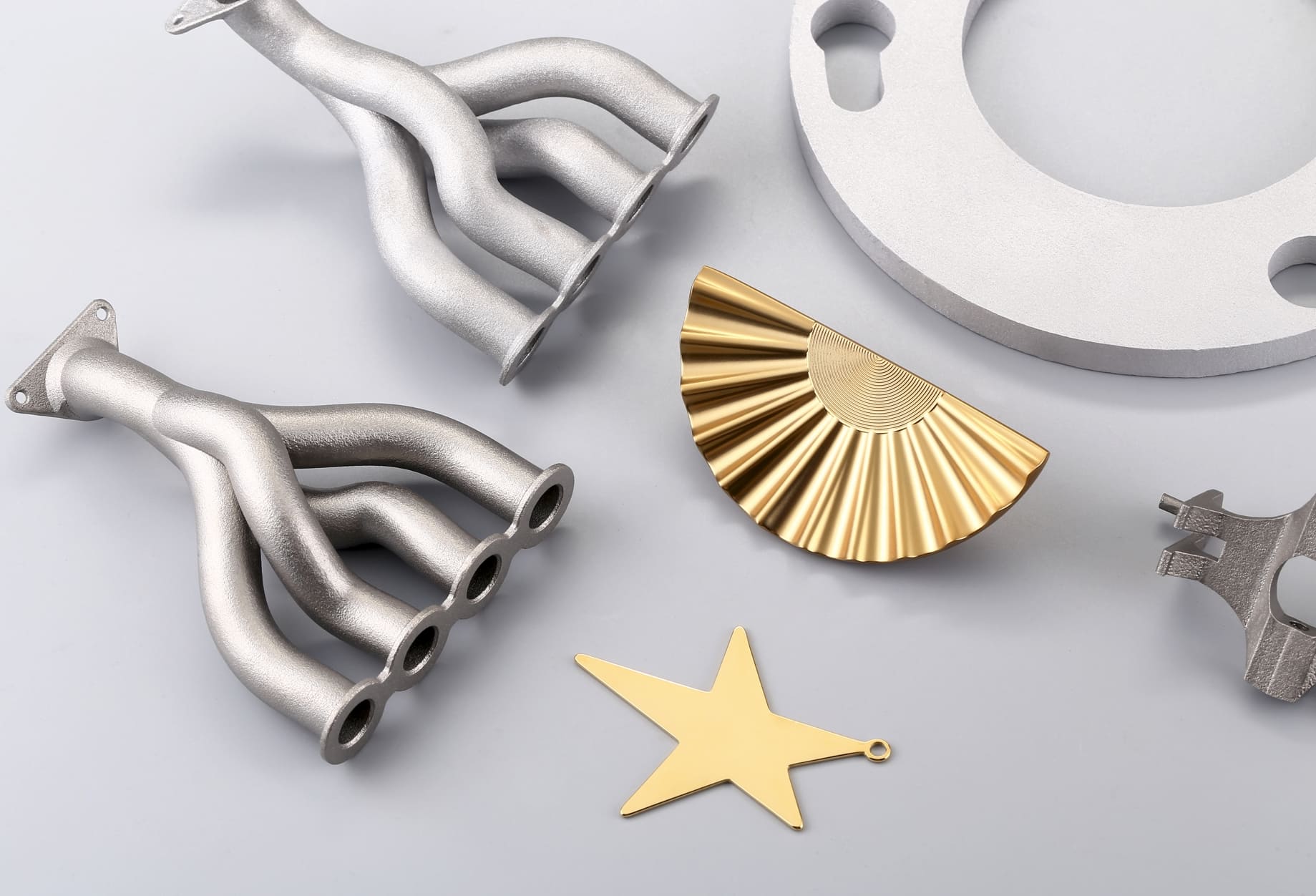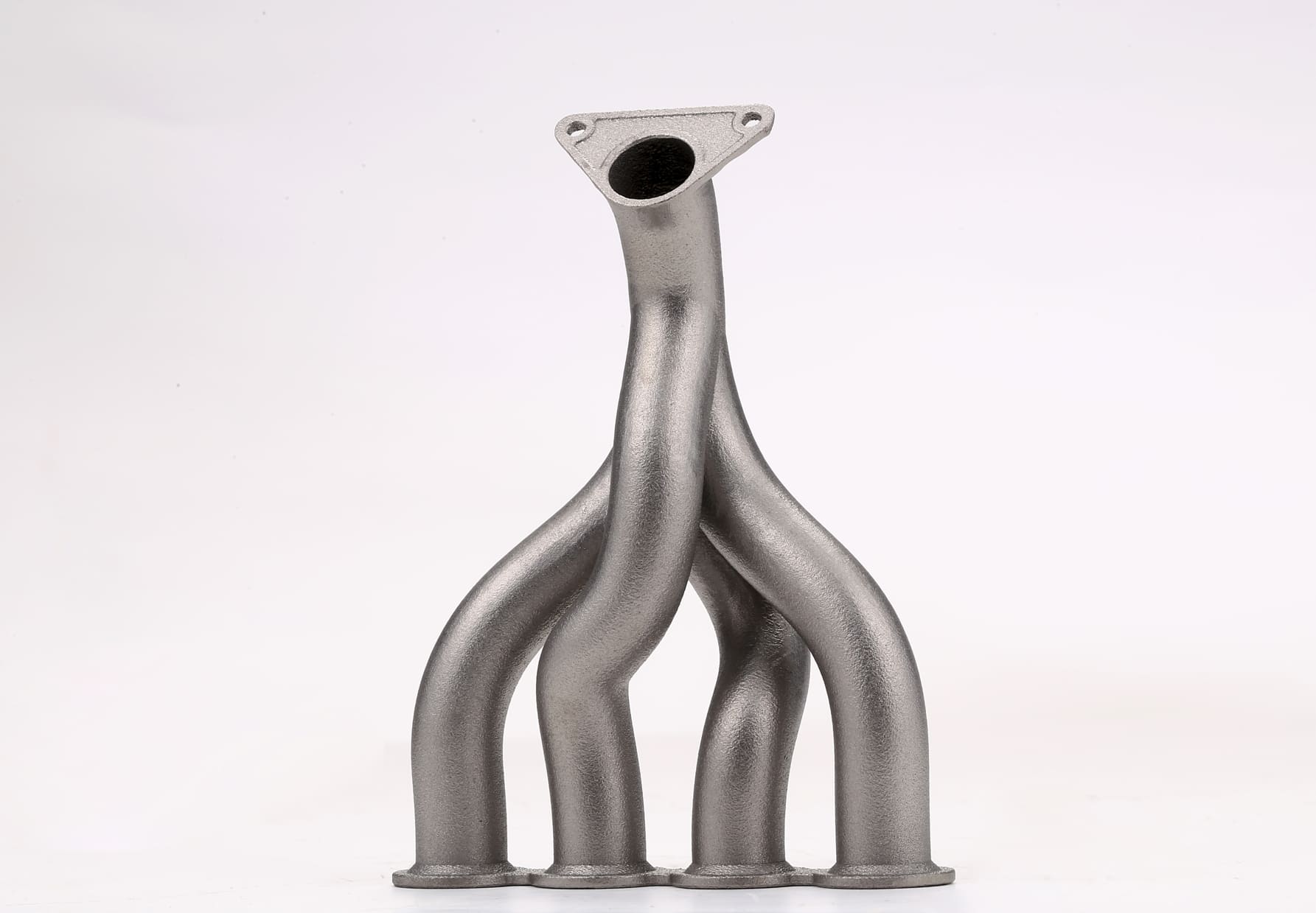The process of deburring is critical when finishing as-printed parts to ensure smoothness, remove unwanted marks, and prepare them for painting, assembly, or other post‑processing tasks. Whether you are working with resin, plastic, or metal parts, choosing the right deburring tool can make a significant difference in the quality of your print.
Swivel Head Deburring Tool
The swivel‑head deburring tool is one of the most popular choices. Featuring a rotating, high‑speed steel blade that swivels 360°, the swivel‑head deburring tool provides an efficient and ergonomic way to clean up rough edges, stringing, and marks left on the surface of 3D‑printed parts. Its swivel head allows the user to maneuver around intricate geometries and tight corners easily. With replaceable blades, this tool provides a long-lasting solution to keep prints clean and smooth, especially for PLA and PETG materials.

Image Source: General Tools & Instruments
Rotary Style Deburring Tool
For users looking for versatility, a rotary‑style deburring tool can be an excellent choice. Similar in function to the swivel‑head tool, rotary deburring tools are often equipped with a longer handle and a variety of blades designed for different edge shapes and sizes. These tools are especially useful when dealing with larger prints or parts with complex geometries, allowing for greater control and precision. The ability to swap out different blade types makes them suitable for handling a wide range of materials, from plastics to metals. For users seeking a quick yet effective way to deburr their prints, a rotary tool offers an all‑in‑one solution.
Pen Style Deburring Cutter
The pen‑style deburring cutter is a compact and user‑friendly tool, ideal for those working with smaller parts or looking for an entry‑level deburring solution. These tools typically come with an ergonomic handle in the form of a pen, making them easy to hold and control. Equipped with S‑shaped blades, the pen‑style deburring cutter excels at removing nubs, fine ridges, and residual material around holes and edges. The tool’s small size makes it a convenient option for quick touch‑ups during the printing process or post‑processing. While it may not be suitable for heavy-duty work, it is an excellent tool for hobbyists and those just starting with 3D printing.
All in One Finishing Kit
For those who need a comprehensive solution for finishing their 3D printed parts, an all‑in‑one finishing kit is the way to go. These kits typically include a deburring handle along with a variety of tools such as blade sets, files, brushes, pliers, and cutting tools, all stored in a convenient carry case. Whether you need to perform quick deburring on plastic parts or fine‑tune metal prints, this type of kit has everything you need for a complete finishing solution. It is ideal for anyone who needs to tackle multiple aspects of part cleaning and surface preparation.
Foam Backed Polishing Sticks
For those looking to achieve a smoother and more polished finish, foam‑backed polishing sticks are an excellent choice. These sticks are available in various grits, from coarse to ultra‑fine, and are designed to conform to the curves and contours of 3D printed parts. They are particularly effective for smoothing the surface of resin and plastic parts after the initial deburring. Foam‑backed polishing sticks are perfect for achieving a mirror‑smooth finish on parts that require an extra level of refinement before painting or coating. They are easy to use, and because of their flexibility, they provide an excellent balance between abrasiveness and gentleness on delicate prints.
Plastic Backed Sanding Sticks
Another tool that can significantly enhance the appearance of 3D‑printed parts is the plastic‑backed sanding stick. These tools feature a rigid plastic backing with various grit options, making them suitable for aggressive material removal as well as finishing tasks. They are particularly useful for smoothing layer lines, removing burrs, and prepping parts for further post‑processing, such as painting or coating. The wide range of grits available, from rough to fine, allows users to gradually smooth out their prints, ensuring a clean and polished surface. Plastic‑backed sanding sticks are a must‑have for anyone working on large or complex prints that require significant smoothing and edge treatment.
File & Needle File Set
For precision work, file and needle‑file sets provide an unparalleled level of control. These sets typically include a variety of files in different shapes (flat, round, triangular) and sizes, designed to help users remove excess material from hard-to-reach areas. Needle files, with their fine teeth, are especially useful for detailed contour work, such as cleaning intricate features or smoothing sharp edges on small parts. These sets are highly versatile and ideal for professionals working with both plastic and metal 3D prints.
3DSPRO’s 3D Print Smoothing Services
For those who want a flawless finish but lack the time or expertise to achieve it themselves, 3DSPRO’s 3D Plus™ Services offer professional surface finishing for 3D printed parts. Whether you're working with resin, nylon, or metal parts, 3DSPRO delivers a range of smoothing services that cater to the unique requirements of each material.
|
Material |
Service(s) |
Key Benefit |
|
Resin |
Eliminates layer lines & rough patches for a polished, pro finish. |
|
|
Nylon |
Reduces surface roughness while preserving part integrity. |
|
|
Metal |
Removes excess material and creates a uniform, high‑quality surface. |
3DSPRO’s 3D Plus™ services are ideal for anyone who wants to take their 3D printed parts to the next level, providing a professional finish that can save time and deliver high-quality results.

Image Copyright © 3DSPRO. All rights reserved.






















